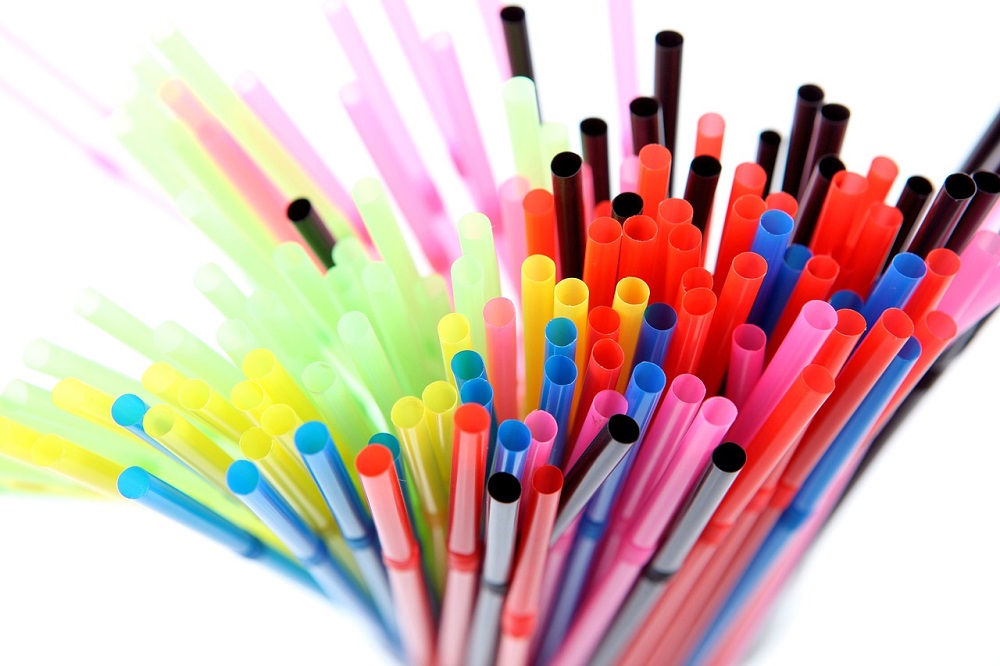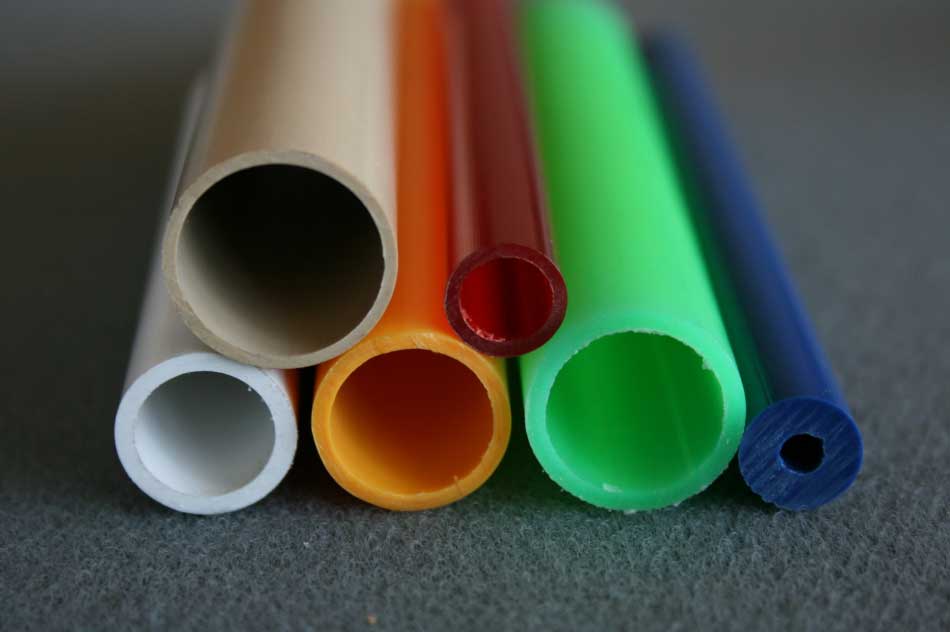Different Materials For The Manufacture of Small Diameter Plastic Tubing
12:48 AMPlastic is used for making different kinds of goods, among which the small hollow tubes are known to be a common product. Now the small diameter plastic tubing is widely needed for making many vital products that are essential for many modern applications. These microtubes of approximately 0.025 degrees of diameter can be made of different materials, most of which are organic chemicals. The properties of the plastic tubes greatly depend on these chemicals that are used as the raw materials for plastic production.
Prominent Materials Used For The Production Of Small Diameter Plastic Tubing
 |
| Plastic Tubes |
- Polyethylene – It is a popular form of plastic due to its extremely lightweight and high durability. This complex organic compound is chemically inert and does not react with any other substance. Hence, the small diameter plastic tubing manufactured from this material can be safely used in the packaging of foods and beverages, laboratory activities and for carrying chemical gases and liquids.
- Polypropylene – It is a type of thermoplastic that is known for its lightweight and high electrical conductance. It is also well stabilized according to its dimensional features and resistant to most of the chemicals. This material can be colored easily due to its hard surface, for which the small diameter plastic tubing can be identified among all other materials. Moreover, it is preferred as a much cheaper and easily available alternative of other expensive materials that are used for manufacturing this kind of tubing.
- Polyamide – It is commonly known as nylon and it is preferred for its resistive power to both very high and very low temperatures, high pressure and chemical reactions. It has great elasticity, for which the tubes made of this material can be stretched to a considerable length without causing any damage to the tubing. The dimensions of nylon tubing are highly stable and it has a very low capacity of absorbing moisture, making it perfect material for the small diameter plastic tubing.
- Fluoropolymers – There are two varieties of this material, namely Polytetrafluoroethylene (PTFE) and Polyvinylidene fluoride (PVDF) that are used for making micro plastic tubing. These materials can withstand very high and low temperature, ranging from -200 to 500-degree F. Fluoropolymers (PFA) are resistant to all the chemicals that are used for industrial products. PTFE is commonly known as Teflon that is the brand name of the DuPont Dow Elastomers, the company that developed it. It is totally insulating in nature regarding the conductance of electricity, making it the best choice for manufacturing the sheaths to be placed around the electric cables for safety.
- Polyvinyl chloride – This type of plastic is commonly called PVC and it is rapidly used in many industrial and domestic purposes. It is greatly resistant to extreme temperatures and corrosion, making it a perfect choice for using in making small diameter plastic tubing. Its high flexibility and variations in hardness are the other features that make it a suitable material for clear tubing.
- Polycarbonate – It is a very tough plastic that is highly durable due to its stable dimensions and impact resistance. Therefore, this plastic can be easily cut with a saw or drilled for making holes on its surface, without causing any undesired damage to the substance. It is also easily fixed with other materials with the help of common adhesives.
 |
| Different Diameter Plastic Tubing |
There are many other varieties of plastic that can be used for making small diameter plastic tubing; among which Polystyrene, Ethyl vinyl acetate (EVA), Polyketones and Polyurethane are the most prominent ones. Polystyrene is mainly used for making the tubing that can be useful in manufacturing paper, films and textiles. EVA tubing is useful in surgeries and pharmacies; while Polyketone is the thermoplastic with a very high melting point. Polyurethane is the type of plastic that resembles the rubber, due to its flexibility, softness, and resistance to weathering.






0 comments